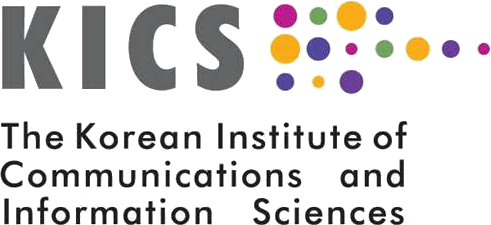Location: Auditorium, Coex
*All times are KST (GMT+9)
| Date / Time | Speaker | Title |
| Tuesday, May 17 16:00 - 16:15 |
Welcome Opening | |
| Tuesday, May 17 16:15 - 17:00 |
Byoung-Hoon Kim | Technology Advances in Connectivity and Software Oriented Architecture for Smart Mobility |
| Tuesday, May 17 17:00 - 17:45 |
Mérouane Debbah | Unlocking the theoretical limits of Communications and Computing |
| Tuesday, May 17 17:45 - 18:00 |
ICC Best Paper Awards | |
| Wednesday, May 18 16:00 - 16:45 |
Yonina Eldar | Communication and Sensing: From Compressed Sampling to Model- based Deep Learning |
| Wednesday, May 18 16:45 - 17:30 |
Sunghyun Choi | 6G: The Next Hyper-Connected Experience for All. |
| Wednesday, May 18 17:30 - 18:15 |
Peiying Zhu | Native AI for 6G: Net4AI and AI4Net |
| Thursday, May 19 8:45 - 9:30 |
Mung Chiang | The First 15 Years of Edge Computing and What’s Next |
| Thursday, May 19 9:30 - 10:15 |
John E. Smee | Leading 5G Advanced technology innovations into the 6G era |
| Thursday, May 19 10:15 - 11:00 |
Ruyue YN Li | 5G towards 6G - The Continuation of Paradigm |
Yonina Eldar
Professor in the Department of Mathematics and Computer Science, Weizmann Institute of Science, Rehovot, Israel
Talk Title: Commu nication and Sensing: From Compressed Sampling to Model-based Deep Learning
nication and Sensing: From Compressed Sampling to Model-based Deep Learning
Abstract: The famous Shannon-Nyquist theorem has become a landmark in analog to digital conversion and the development of digital signal processing algorithms. However, in many modern applications, the signal bandwidths and number of antennas have increased tremendously, while the acquisition capabilities have not scaled sufficiently fast. Furthermore, the resulting high rate digital data requires storage, communication and processing at very high rates which is computationally expensive and requires large amounts of power. In this talk we consider a general framework for communication and sensing including sub-Nyquist sampling, quantization and processing in space, time and frequency which allows to dramatically reduce the number of antennas, sampling rates, number of bits and band occupancy in a variety of applications. Our framework relies on exploiting signal structure, quantization and the processing task in both standard processing and in deep learning networks leading to a new framework for model-based deep learning. It also allows for the development of efficient joint radar-communication systems and near field communications. We consider applications of these ideas to a variety of problems in wireless communications, imaging, efficient massive MIMO systems, automotive radar and ultrasound imaging and show several demos of real-time sub-Nyquist prototypes including a wireless ultrasound probe, sub-Nyquist automotive radar, cognitive radio and radar, dual radar-communication systems, analog precoding with metasurfaces, sparse antenna arrays, and a deep Viterbi decoder. We end by discussing more generally how models can be used in deep learning methods with application to a variety of communication settings.
Bio: Yonina Eldar is a Professor in the Department of Mathematics and Computer Science, Weizmann Institute of Science, Rehovot, Israel. She was previously a Professor in the Department of Electrical Engineering at the Technion, where she held the Edwards Chair in Engineering. She is also a Visiting Professor at MIT, a Visiting Scientist at the Broad Institute, and an Adjunct Professor at Duke University and was a Visiting Professor at Stanford. She received the B.Sc. degree in physics and the B.Sc. degree in electrical engineering both from Tel-Aviv University (TAU), Tel-Aviv, Israel, in 1995 and 1996, respectively, and the Ph.D. degree in electrical engineering and computer science from the Massachusetts Institute of Technology (MIT), Cambridge, in 2002. She is a member of the Israel Academy of Sciences and Humanities, an IEEE Fellow and a EURASIP Fellow. She has received many awards for excellence in research and teaching, including the IEEE Signal Processing Society Technical Achievement Award (2013), the IEEE/AESS Fred Nathanson Memorial Radar Award (2014) and the IEEE Kiyo Tomiyasu Award (2016). She was a Horev Fellow of the Leaders in Science and Technology program at the Technion and an Alon Fellow. She received the Michael Bruno Memorial Award from the Rothschild Foundation, the Weizmann Prize for Exact Sciences, the Wolf Foundation Krill Prize for Excellence in Scientific Research, the Henry Taub Prize for Excellence in Research (twice), the Hershel Rich Innovation Award (three times), the Award for Women with Distinguished Contributions, the Andre and Bella Meyer Lectureship, the Career Development Chair at the Technion, the Muriel & David Jacknow Award for Excellence in Teaching, and the Technion’s Award for Excellence in Teaching (two times). She received several best paper awards and best demo awards together with her research students and colleagues, was selected as one of the 50 most influential women in Israel, and was a member of the Israel Committee for Higher Education. She is the Editor in Chief of Foundations and Trends in Signal Processing and a member of several IEEE Technical Committees and Award Committees.
Sunghyun Choi
Executive Vice President, Samsung Research, Samsung Electronics
Talk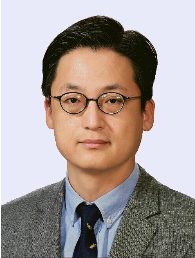 Title: 6G: The Next Hyper-Connected Experience for All.
Title: 6G: The Next Hyper-Connected Experience for All.
Abstract: Since the first commercial launch in 2019, 5G has grown to be core infrastructure for a wide range of industries. It has been used to support everything from high-quality communication, to smart factories, to vehicle-to-vehicle communication and a whole raft of other new services. Learnings from past 5G deployments and how they are dealt with within 3GPP will be discussed. While 5G is currently being commercialized, industry and academia are beginning research to shape the next generation of communication, namely 6G. In this talk, I will introduce a comprehensive overview of various aspects of 6G, including technical and societal trends, services, requirements and candidate technologies. In the 6G era, the main users will be both machine as well as human, leading to many new forms of advanced services, such as truly immersive extended reality, high-fidelity mobile holograms and digital twins. These new services will require a tremendous amount of real-time data processing, hyper fast data rates, and extremely low latency. The key candidate technologies to enable this includes THz communication and advanced duplex systems.
Bio: Sunghyun Choi is the Executive Vice President and Head of the Advanced Communications Research Center at Samsung Research, Samsung Electronics, Seoul, Korea. He was a professor at the Department of Electrical and Computer Engineering, Seoul National University (SNU), Seoul, Korea from Sept. 2002 to Aug. 2019, and served as a Vice Dean for Academic Affairs, College of Engineering during the last two years at SNU. Before joining SNU, he was with Philips Research USA, Briarcliff Manor, New York, USA, as a Senior Member Research Staff for three years. He was also a visiting associate professor at the Electrical Engineering department, Stanford University, USA, from June 2009 to June 2010. He received his B.S. (summa cum laude) and M.S. degrees in electrical engineering from Korea Advanced Institute of Science and Technology (KAIST) in 1992 and 1994, respectively, and received Ph.D. at the Department of Electrical Engineering and Computer Science, The University of Michigan, Ann Arbor in September 1999. He is currently heading researches and standardization for 6G, B5G, and IoT connectivity at Samsung Research. He co-authored over 250 technical papers and a book "Broadband Wireless Access and Local Networks: Mobile WiMAX and WiFi," Artech House, 2008 (with B. G. Lee). He holds over 160 patents, and numerous patents pending. He has served as a General Co-Chair of COMSWARE 2008, a Program Committee Co-Chair of IEEE WCNC 2020, IEEE DySPAN 2018, ACM Multimedia 2007, and IEEE WoWMoM 2007. He has also served on program and organization committees of numerous leading wireless and networking conferences including ACM MobiCom, IEEE INFOCOM, IEEE SECON, and IEEE WoWMoM. He has served as a division editor of Journal of Communications and Networks, and as an editor of IEEE Transactions on Wireless Communications, IEEE Transactions on Mobile Computing, IEEE Wireless Communications Magazine, ACM SIGMOBILE Mobile Computing and Communications Review, Computer Networks, and Computer Communications. He has served as a guest editor for IEEE Journal on Selected Areas in Communications, IEEE Wireless Communications, IEEE Transactions on Cognitive Communications and Networking, and ACM Wireless Networks. From 2000 to 2007, he was an active contributor to IEEE 802.11 WLAN Working Group. He has received numerous awards including KICS Dr. Irwin Jacobs Award (2013), Shinyang Scholarship Award (2011), Presidential Young Scientist Award (2008), IEEK/IEEE Joint Award for Young IT Engineer (2007), Outstanding Research Award (2008) and Best Teaching Award (2006), both from the College of Engineering, Seoul National University, the Best Paper Award from IEEE WoWMoM 2008, and Recognition of Service Award (2005, 2007) from ACM. Dr. Choi was a recipient of the Korea Foundation for Advanced Studies (KFAS) Scholarship and the Korean Government Overseas Scholarship during 1997-1999 and 1994-1997, respectively. He was named IEEE fellow in 2014.
Mung Chiang
The John A. Edwardson Dean of the College of Engineering, Purdue University, USA
Tal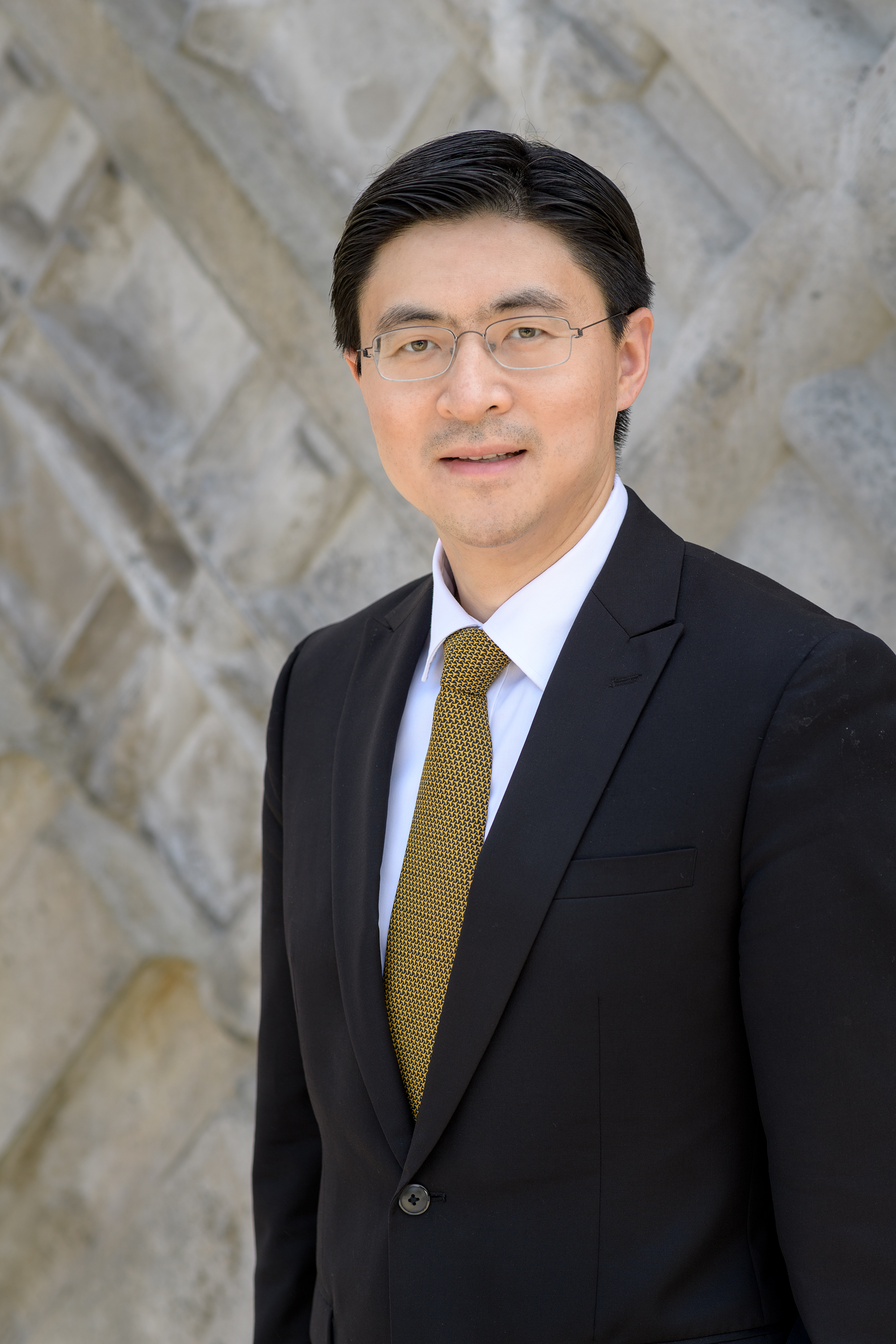 k Title: The First 15 Years of Edge Computing and What’s Next
k Title: The First 15 Years of Edge Computing and What’s Next
Abstract: This is the decade of 6G development. We will discuss the fundamental differences 6G will likely mark compared to 5G, the key R&D opportunities in 6G, and the unique “lab to life” 6G deployment at Purdue University’s Innovation Campus in Indiana, USA. We will go through a roadmap toward an edgy, open, heterogeneous 6G, where applications will drive the evolution of architecture and optimization this decade.
Bio: Mung Chiang is the Executive Vice President of Purdue University for strategic initiatives and innovation campus. He has also been the John A. Edwardson Dean of the College of Engineering and the Roscoe H. George Distinguished Professor of Electrical and Computer Engineering since 2017. Purdue Engineering’s ranking rose from #9 to #4 and became the largest engineering school ever ranked top five in the U.S. The College won 12 national research centers, constructed or renovated 18 buildings, and completed the first $1B philanthropy campaign by any college in a public university. During 2020, he served as the Science and Technology Adviser to the U.S. Secretary of State and the chief global technology office in the Department of State. In 2021, he founded the think tank, Center for Tech Diplomacy at Purdue, and started serving as the technology and innovation advisor to the State of Indiana. Prior to 2017, he was the Arthur LeGrand Doty Professor of Electrical Engineering, the inaugural Chair of Princeton Entrepreneurship Council, and Director of Keller Center for Engineering Education at Princeton University. His research on communication networks received the 2013 Alan T. Waterman Award, the highest honor to a scientist or engineer under the age of 40 in the U.S. each year. A recipient of a Guggenheim Fellowship and the IEEE Tomiyasu Technical Achievement Award, he was elected to the National Academy of Inventors and the Royal Swedish Academy of Engineering Sciences. He founded the Princeton Edge Lab in 2009 and co-founded an industry consortium and several startup companies with sixty million users globally. His textbooks and online courses received the ASEE Terman Award and reached hundreds of thousands of students.
Byoung-Hoon Kim
Chief Technology Officer and Executive Vice President, LG Electronics
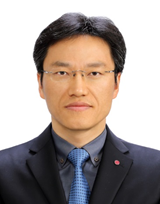 Talk Title: Technology Advances in Connectivity and Software Oriented Architecture for Smart Mobility
Talk Title: Technology Advances in Connectivity and Software Oriented Architecture for Smart Mobility
Abstract: Vehicular connectivity and computing technologies are key components in realizing smart mobility experiences, for which automotive industry is making a drastic architectural transformation toward software defined vehicle (SDV). The SDV is expected to evolve like a smartphone or a 5G software defined network (SDN), efficiently upgrading in-vehicle infotainment, road safety, and autonomous driving experiences with the help of internal and external networking and artificial intelligence capabilities. In-vehicle network (IVN) has evolved from a distributed architecture connecting dozens of electronic control units (ECUs) through a controller area network (CAN) bus to a domain-based architecture connecting a substantially reduced number of (e.g., a dozen of) ECUs through Ethernet, which will further evolve to a zonal architecture connecting only a few zone-based ECUs and a central computing unit. To this end, multi-gigabit Ethernet and time sensitive network (TSN) protocol supporting broadband and low-latency data communication are to be applied as key enablers. At the same time, service oriented architecture (SOA) and software over the air (SOTA) technologies are also essentially required, based on which the central computing unit can virtualize a variety of in-vehicle functions with SW applications, thereby reducing communication efforts between ECUs and focusing on improvement of customer experiences. From the perspective of external connectivity, remarkable technology innovations are in progress in antenna, radio protocol, and software application. Vehicular antenna system is evolving to provide solid communication performances in any direction through implementation of multiple distributed antennas while lifting exterior design restrictions through innovation of each antenna element. For the radio protocol, the cellular vehicle-to-everything (C-V2X) standard makes it possible to connect a vehicle with any other entities including vehicles, pedestrians, road infrastructures and cloud networks using 4G and 5G communication technologies. Moreover, the Soft V2X technology invented by LG Electronics can deploy software application based V2X services without dependency on dedicated connectivity hardware, which will enable easy and fast service penetration and effectively expand V2X use cases to personal mobility vehicle (PMV), mobile robot, uncrewed aerial vehicle, and the others. Based on the above technology innovations, LG Electronics will make a great leap forward in future smart mobility and realize truly safe, comfortable, and convenient “Moving Home” experiences for drivers and passengers.
Bio: Byoung-Hoon Kim received the B.S. and M.E. degrees in electronics engineering, and the Ph.D. degree in electrical engineering and computer science, from Seoul National University, Seoul, Korea, in 1994, 1996, and 2000, respectively. From 2000 to 2003, he was with GCT Semiconductor, developing W-CDMA and WLAN chip sets. From 2003 to 2008, he was with QUALCOMM, where he was responsible for MIMO technology development and 3GPP LTE standard and design works. Since March 2008, he has been with LG Electronics currently as Chief Technology Officer and Executive Vice President, developing advanced communications, AI, robotics, connected car, media, IoT, software, SoC, and material technologies. He has made extensive contributions to 3GPP, IEEE802.11, and 5GAA standards and assumed the role of a member of board of directors of Wi-Fi Alliance. He is a Fellow of IEEE, an Associate Member of National Academy of Engineering of Korea, and was elected as the 1st IEEE Communications Society Asia-Pacific Best Young Researcher in 2001. Dr. Kim is co-author of Scrambling Techniques for CDMA Communications (Springer, 2001), holds more than 500 US patents, and has published over 40 international journal and conference papers in the communications and signal processing areas.
Mérouane Debbah
Chief Researcher of Technology Innovation Institute, UAE
Tal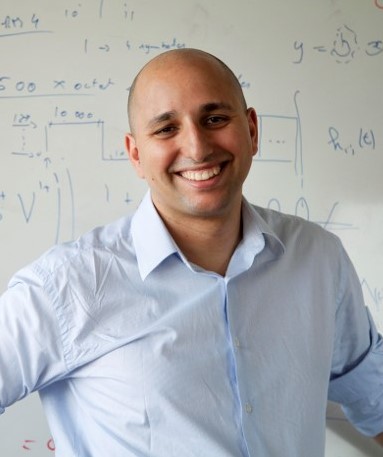 k Title: Unlocking the theoretical limits of Communications and Computing
k Title: Unlocking the theoretical limits of Communications and Computing
Abstract: We are arriving at the end of an era that has guided the ICT for the last century. Quite remarkably, many of the remarkable engineering breakthroughs in Communication (the famous “G” era) and Computing (the famous “Moore’s” era) were based on quite old Basics. Indeed, the Nyquist Sampling theorem dates back to 1924, the Shannon’s Law to 1948 and the Von Neumann Architecture to 1946. Today, we are desperately lacking guidance for new engineering solutions as we have approached those limits and there is a need for the whole industry to take its share of responsibility by re-investing massively in the fundamentals to revive a new century of engineering progress. In this talk, we will re-discuss the assumptions made a century ago and provide a research roadmap showcasing the fundamental role of Mathematics and Physics to unlock the theoretical barriers.
Bio: Mérouane Debbah is Chief Researcher at the Technology Innovation Institute in Abu Dhabi. He is an Adjunct Professor with the Department of Machine Learning at the Mohamed Bin Zayed University of Artificial Intelligence. He received the M.Sc. and Ph.D. degrees from the Ecole Normale Supérieure Paris-Saclay, France. He was with Motorola Labs, Saclay, France, from 1999 to 2002, and also with the Vienna Research Center for Telecommunications, Vienna, Austria, until 2003. From 2003 to 2007, he was an Assistant Professor with the Mobile Communications Department, Institut Eurecom, Sophia Antipolis, France. In 2007, he was appointed Full Professor at CentraleSupelec, Gif-sur-Yvette, France. From 2007 to 2014, he was the Director of the Alcatel-Lucent Chair on Flexible Radio. From 2014 to 2021, he was Vice-President of the Huawei France Research Center. He was jointly the director of the Mathematical and Algorithmic Sciences Lab as well as the director of the Lagrange Mathematical and Computing Research Center. Since 2021, he is leading the AI & Telecom Systems center at the Technology Innovation Institute. He has managed 8 EU projects and more than 24 national and international projects. His research interests lie in fundamental mathematics, algorithms, statistics, information, and communication sciences research. He is an IEEE Fellow, a WWRF Fellow, a Eurasip Fellow, an AAIA Fellow, an Institut Louis Bachelier Fellow and a Membre émérite SEE. He was a recipient of the ERC Grant MORE (Advanced Mathematical Tools for Complex Network Engineering) from 2012 to 2017. He was a recipient of the Mario Boella Award in 2005, the IEEE Glavieux Prize Award in 2011, the Qualcomm Innovation Prize Award in 2012, the 2019 IEEE Radio Communications Committee Technical Recognition Award and the 2020 SEE Blondel Medal. He received more than 20 best paper awards, among which the 2007 IEEE GLOBECOM Best Paper Award, the Wi-Opt 2009 Best Paper Award, the 2010 Newcom++ Best Paper Award, the WUN CogCom Best Paper 2012 and 2013 Award, the 2014 WCNC Best Paper Award, the 2015 ICC Best Paper Award, the 2015 IEEE Communications Society Leonard G. Abraham Prize, the 2015 IEEE Communications Society Fred W. Ellersick Prize, the 2016 IEEE Communications Society Best Tutorial Paper Award, the 2016 European Wireless Best Paper Award, the 2017 Eurasip Best Paper Award, the 2018 IEEE Marconi Prize Paper Award, the 2019 IEEE Communications Society Young Author Best Paper Award, the 2021 Eurasip Best Paper Award, the 2021 IEEE Marconi Prize Paper Award as well as the Valuetools 2007, Valuetools 2008, CrownCom 2009, Valuetools 2012, SAM 2014, and 2017 IEEE Sweden VT-COM-IT Joint Chapter best student paper awards. He is an Associate Editor-in-Chief of the journal Random Matrix: Theory and Applications. He was an Associate Area Editor and Senior Area Editor of the IEEE TRANSACTIONS ON SIGNAL PROCESSING from 2011 to 2013 and from 2013 to 2014, respectively. From 2021 to 2022, he serves as an IEEE Signal Processing Society Distinguished Industry Speaker.
John E. Smee
Senior VP of Engineering and Head of Wireless Research at Qualcomm
Tal k Title: Leading 5G Advanced technology innovations into the 6G era
k Title: Leading 5G Advanced technology innovations into the 6G era
Abstract: Today, 5G is being widely deployed across all regions of the world, and its technology evolution continues with 5G Advanced in 3GPP Release 18 and beyond. 5G Advanced marks the second phase of 5G technology evolution and it is bringing a new wave of wireless innovations that will fully deliver on the 5G promise. At the same time, the vision for 6G is already starting to formulate, and it is envisioned to become the wireless innovation platform for the next decade (2030+). To prepare for the future, we are conducting advanced wireless research that will bring disruptive innovations, pushing technology boundaries to enable new and enhanced user experiences. Join this keynote to hear more about what new technologies are coming with 5G Advanced, the early vision for 6G, and the key innovations that will enable the 6G world of our future.
Bio: John E. Smee is Senior VP of Engineering and Head of Wireless Research at Qualcomm, where he oversees all 5G/6G and Wi-Fi R&D projects including systems design, standards contributions, and advanced radio, hardware, and software research testbeds and technology trials with industry partners. He joined Qualcomm in 2000, holds over 175 U.S. Patents, and has focused on the innovation and commercial launches of wireless communications across 5G NR, 4G LTE, 3G CDMA, and IEEE 802.11. He also leads Qualcomm’s companywide academic collaboration program across technologies including wireless, semiconductor, automotive, multimedia, security, and machine learning. He received his Ph.D. in electrical engineering from Princeton University and also holds an M.A. from Princeton and an M.Sc. and B.Sc. from Queen's University.
Ruyue YN Li
VP of Radio System Research and Standardization, ZTE Corporation, China
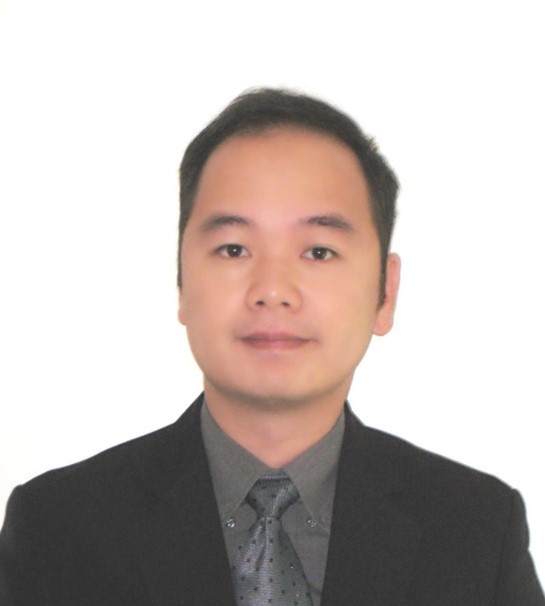 Talk Title: 5G towards 6G - The Continuation of Paradigm
Talk Title: 5G towards 6G - The Continuation of Paradigm
Abstract: Mobile communication technologies have been changing our lives at a steady pace with a regular cycle of decade. Now 6G is becoming one of the hot keywords while we are still evolving our 5G standards to 5G Advanced for extension of its business deployment covering more and more business sectors including verticals. In the past generations, we have seen how mobile services and applications boosted the innovation, industry eco-system and economy, and gradually re-shaped our human society. When we talk about the future of mobile communications, we must learn from the past and face concurrent challenges. Following the paradigm of mobile communications technology evolution, adopting mobile services in vertical segments, and ensuring sustainable market development will enlighten the evolution path towards 5G-Advanced and 6G. Continuous advancements of emerging wireless technologies will fuel the smooth 5G Advanced evolution towards 6G.
Bio: Dr. Ruyue YN Li is currently the VP of Radio System Research and Standardization at ZTE Corporation in charge of research and standardization on radio system related 5G/6G technologies. He received his Ph.D. and B.Eng. degrees from the University of Hong Kong and his M.S. degree from Stanford University. His research focuses on radio access technologies and network optimization in the cellular communication area with over 100 granted patents. Since he joined ZTE in 2009, he has been actively involved in wireless research and standardization activities including 3GPP RAN standardization. Prior to ZTE, he worked for several telecommunication and semiconductor companies including Qualcomm and Marvell Semiconductor on the projects related to 2G/3G baseband algorithm design and LTE standardization. His recent research interests include massive MIMO, mmWave communications, beam management, RIS, AI/ML applications on MIMO, URLLC, green communication and interference coordination.
Peiying Zhu
Senior Vice President of Wireless Research, Huawei
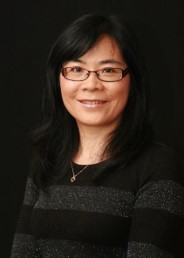 Talk Title: Native AI for 6G: Net4AI and AI4Net
Talk Title: Native AI for 6G: Net4AI and AI4Net
Abstract: This presentation will discuss two aspects of 6G Native AI support: AI4Net, using AI technology to improve network performance and Net4AI, providing AI as a service by the network as a whole. Recently 6G discussions on vision and enabling technologies have become hot topics in both industry and academia. AI for wireless has attracted even more research in the past few years. By now, it is well understood that AI can be useful to improve wireless network performance especially for tasks such as resource management, network planning and power saving where precise mathematical models are difficult to obtain. Standardization efforts are ongoing to facilitate these applications. Less conclusive is the application of AI in the physical layer design, even though we have seen various scenarios where AI can indeed improve the link level performance. Breakthrough research is needed in this area to warrant a radical new design. One the other hand, there are many usage scenarios being proposed for 6G, ranging from down to the earth 5G evolved use cases to over the moon (literally) space applications. In this talk, we will focus on AI as a service for 6G, in other words, 6G serves as a platform to provide distributed and collaborative AI learning and inference services. This is motivated by the proliferation of AI applications, data privacy concerns and regulations, as well as the need for real-time AI. The existing cloud base centralized AI learning model would not be scalable and sustainable, while on-device AI has limited computing capability and power. Distributed and collaborative AI is thus the key to large scale AI applications. A 6G network integrating sensing, communication, and computing would be a promising platform to support such distributed learning and inference AI services.
Bio: Dr. Peiying Zhu, Senior Vice President of Wireless Research, is a Huawei Fellow, IEEE Fellow and Fellow of Canadian Academy of Engineering. She is currently leading 5G and beyond wireless research and standardization in Huawei. The focus of her research is advanced radio access technologies. She is actively involved in 3GPP and IEEE 802 standards development. She has been regularly giving talks and panel discussions on 5G/B5G vision and enabling technologies. She led the team to contribute significantly to 5G technologies and standardization. She served as the guest editor for IEEE Signal processing magazine special issue on the 5G revolution and IEEE JSAC on Deployment Issues and Performance Challenges for 5G. Prior to joining Huawei in 2009, Peiying was a Nortel Fellow and Director of Advanced Wireless Access Technology in the Nortel Wireless Technology Lab. She led the team and pioneered research and prototyping on MIMO-OFDM and Multi-hop relay. Many of these technologies developed by the team have been adopted into LTE standards and 4G products. Dr. Zhu has more than 200 granted patents.






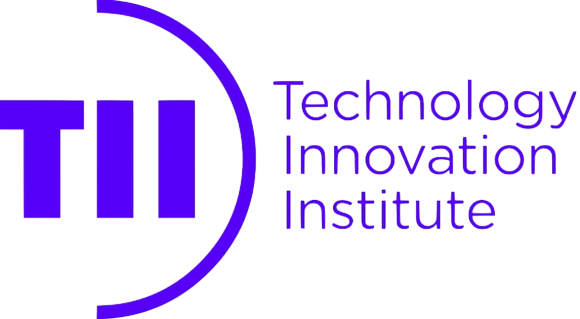
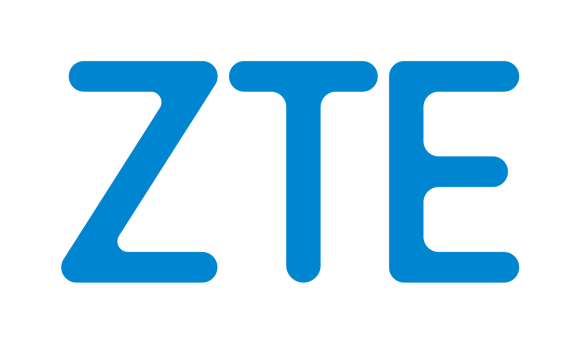
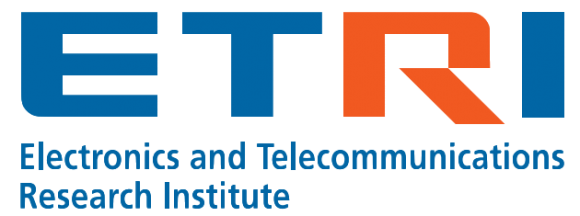
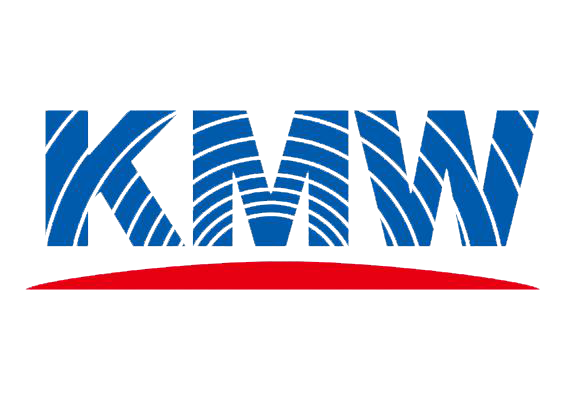

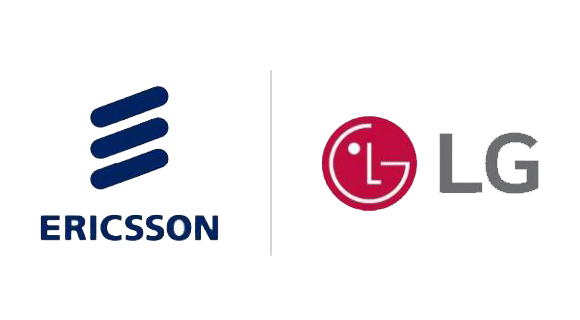


_01.png%3Fitok=vyvEGhfM)




.png%3Fitok=Yj8Y43po)
